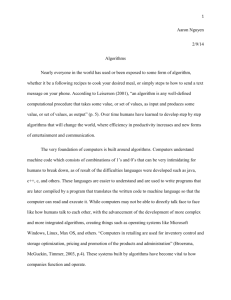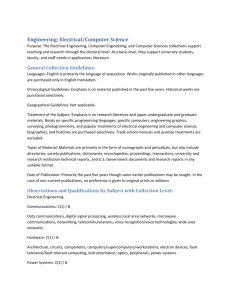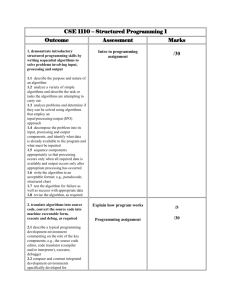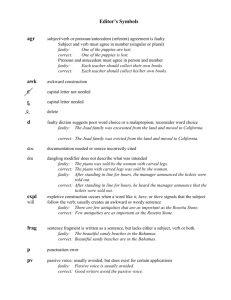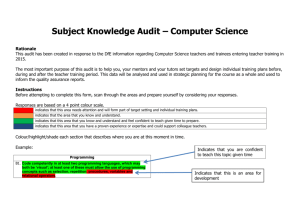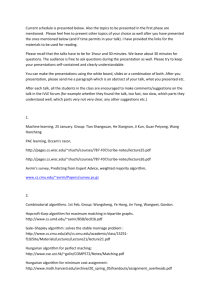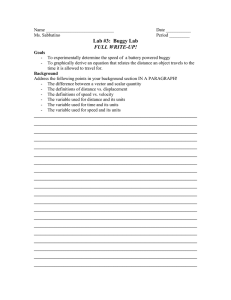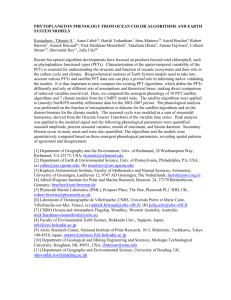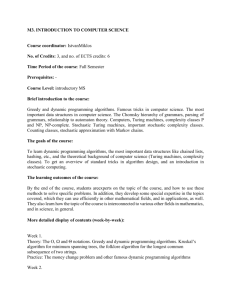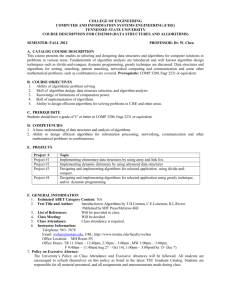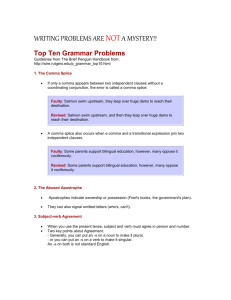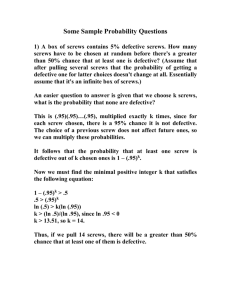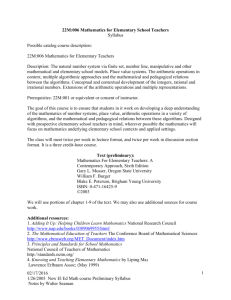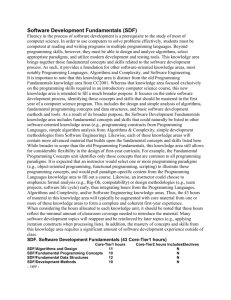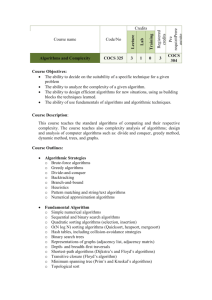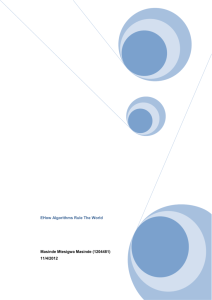Student Error Pattern Assignment
advertisement
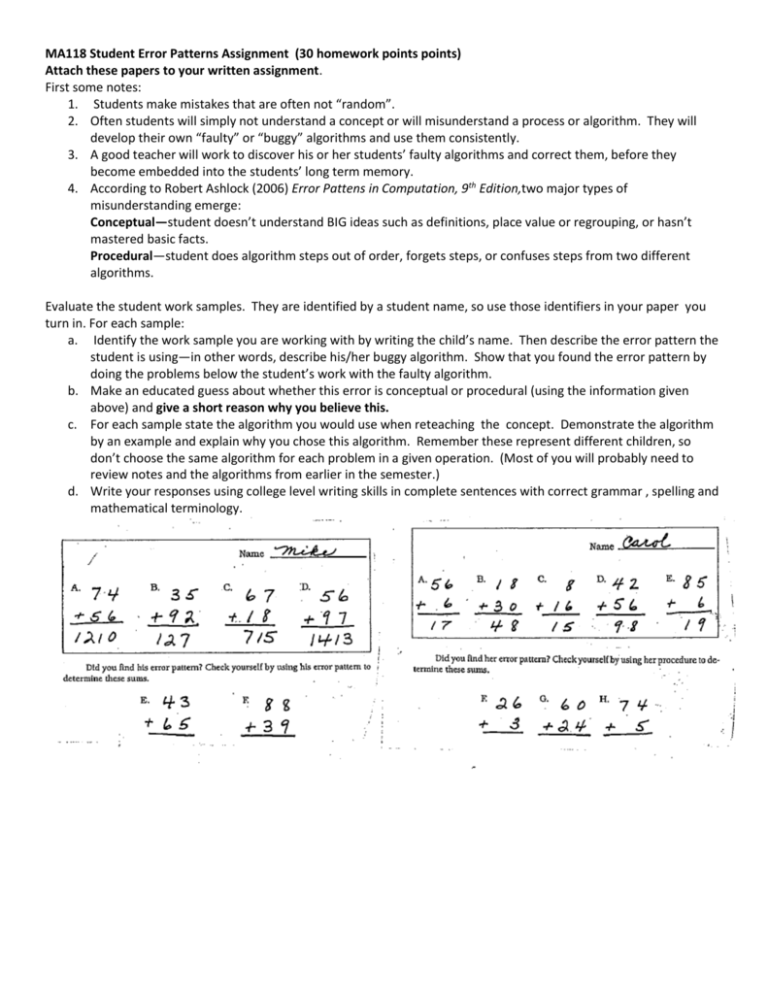
MA118 Student Error Patterns Assignment (30 homework points points) Attach these papers to your written assignment. First some notes: 1. Students make mistakes that are often not “random”. 2. Often students will simply not understand a concept or will misunderstand a process or algorithm. They will develop their own “faulty” or “buggy” algorithms and use them consistently. 3. A good teacher will work to discover his or her students’ faulty algorithms and correct them, before they become embedded into the students’ long term memory. 4. According to Robert Ashlock (2006) Error Pattens in Computation, 9th Edition,two major types of misunderstanding emerge: Conceptual—student doesn’t understand BIG ideas such as definitions, place value or regrouping, or hasn’t mastered basic facts. Procedural—student does algorithm steps out of order, forgets steps, or confuses steps from two different algorithms. Evaluate the student work samples. They are identified by a student name, so use those identifiers in your paper you turn in. For each sample: a. Identify the work sample you are working with by writing the child’s name. Then describe the error pattern the student is using—in other words, describe his/her buggy algorithm. Show that you found the error pattern by doing the problems below the student’s work with the faulty algorithm. b. Make an educated guess about whether this error is conceptual or procedural (using the information given above) and give a short reason why you believe this. c. For each sample state the algorithm you would use when reteaching the concept. Demonstrate the algorithm by an example and explain why you chose this algorithm. Remember these represent different children, so don’t choose the same algorithm for each problem in a given operation. (Most of you will probably need to review notes and the algorithms from earlier in the semester.) d. Write your responses using college level writing skills in complete sentences with correct grammar , spelling and mathematical terminology.




